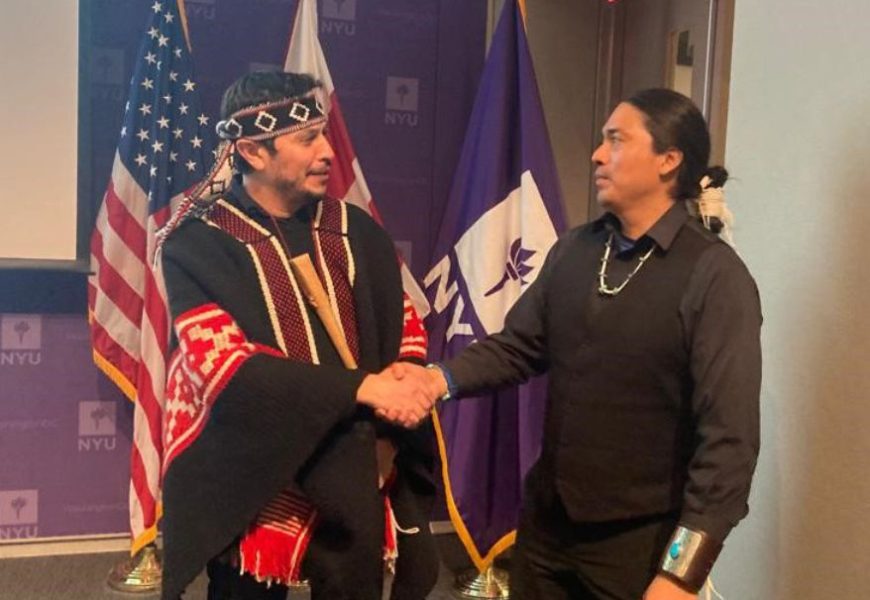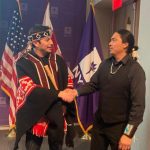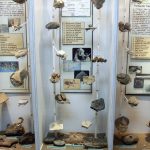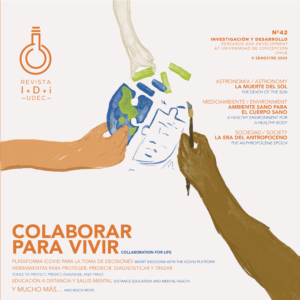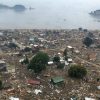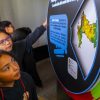The Mapuche professor and filmmaker Francisco Huichaqueo, while on a teaching fellowship at Brown University, in the United States, reflects on contemporary art and the use and agency of the legacy of indigenous peoples, posing a topical question for Chile and the world: Who controls indigenous heritage?
By: Iván Tobar Bocaz / ivtobar@udec.cl / Photos: Francisco Huichaqueo Pérez
Francisco Huichaqueo Pérez defines himself as a ”Mapuche filmmaker”. The Professor from the Department of Plastic Arts of the Faculty of Humanities and Art at UdeC has had a prolific career in film production on the indigenous culture of the Wallmapu. His works have been presented and featured in festivals and spaces such as the National Museum of the American Indian in Washington (2014), the Berlin Biennale (2020), the Queen Sofía National Museum Art Centre in Madrid (2021), and the Havana Biennial (2022), among many others.
His most recent work, ‘Trig metawe kura’ (‘Broken Stone Pitcher’) (2022), is an initiative co-financed with resources from the Ministry of Culture, Art, and Heritage and the Artistic Creation fund, along with internal financing administered by the Vice-Rectory of Research and Development of UdeC. This work, which is exhibited in Santiago at the Palacio Pereira Continuing Education Center, seeks to raise the question about the legacy of indigenous heritage. “Let’s review a little about a not-so-distant history of a colonial outpost, where one dominant culture subjugates the other leaving a past with an open, broken, torn-apart wound,” says Huichaqueo. “In that context, this research partly arose from the social and cultural fragmentation that indigenous peoples have experienced to this day”, he explains.
World Heritage Sites
After this exhibition, the artist toured several institutions in the United States, including Brown University, one of the members of the prestigious Ivy League. The invitation came from Professor Macarena Gómez-Barris, who in her book “The Extractive Zone: Social Ecologies and Decolonial Perspectives” writes a chapter about the film “Mencer”, which addresses the issue and rupture in ancestral and Chilean territory due to the pressure of the unregulated monoculture.
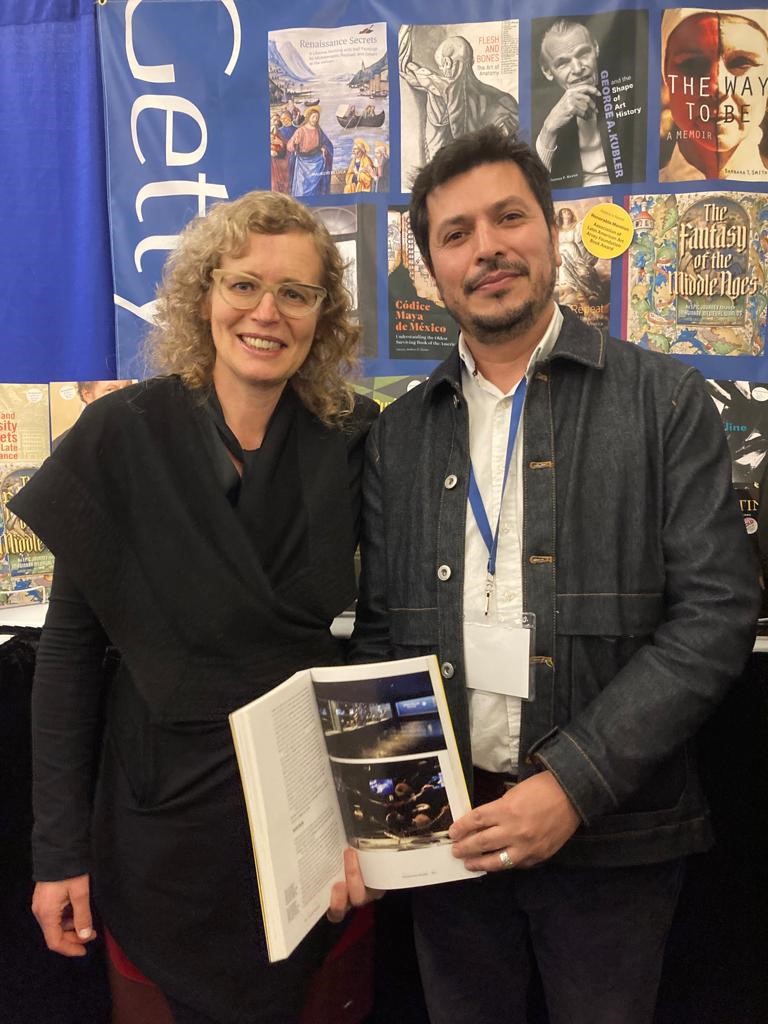
Huichaqueo comments that the researcher critically addresses the consequences of extractive activities not regulated by the states not only in Chile, but also in countries of the Southern Cone. “This issue is what moves me to create films that address and expose it, from the territory itself, concluding not only in the documentary genre but also in exhibitions that address indigenous heritage whose development, by default, is affected in their communities by extractive companies that do not show interest in its protection. I mean spaces of great spiritual and cultural meaning, for example, cemeteries or other important spaces, where the forest and inter-species inhabit”.
The professor had the opportunity to teach with his colleague at Brown and later was invited by the curator general of indigenous cinema of the Smithsonian Institute to present his work at the National Museum of the American Indian in Washington. His stay coincided with the disassembly of the Mapuche exhibition, which had been open for 19 years in the aforementioned museum. “I was able to take part and perform the ceremonial disassembly of the exhibition’s pieces. I am grateful that I was in Washington in those days, that they invited me, it was a great honor,” he mentions.
At the University of Connecticut, Professor Huichaqueo gave a lecture to academic staff specialized in medical anthropology, since they were reading Macarena Gómez-Barris’ book as learning literature. Some time ago, the academic also took part in the co-writing of a book edited by Elena Shtromberg, a professor at The University of Utah, and Glenn Phillips, curator of the GETTY INSTITUTE, on video art in Latin America, whose launch was held at the College Art Association Book and Trade Fair, in New York, which Huichaqueo was also able to take part in, in the context of this U.S. tour.
Francisco Huichaqueo underscores the results of his trip. “It is always interesting to see how things are done in other places, to acquire other bibliographies, other ways of working and dynamics in other parts of the world, in other universities, which you can apply to your own research and classes with different dynamics. From the point of view of one’s creative work, traveling is a good mechanism to empathize, and get to know other realities.”
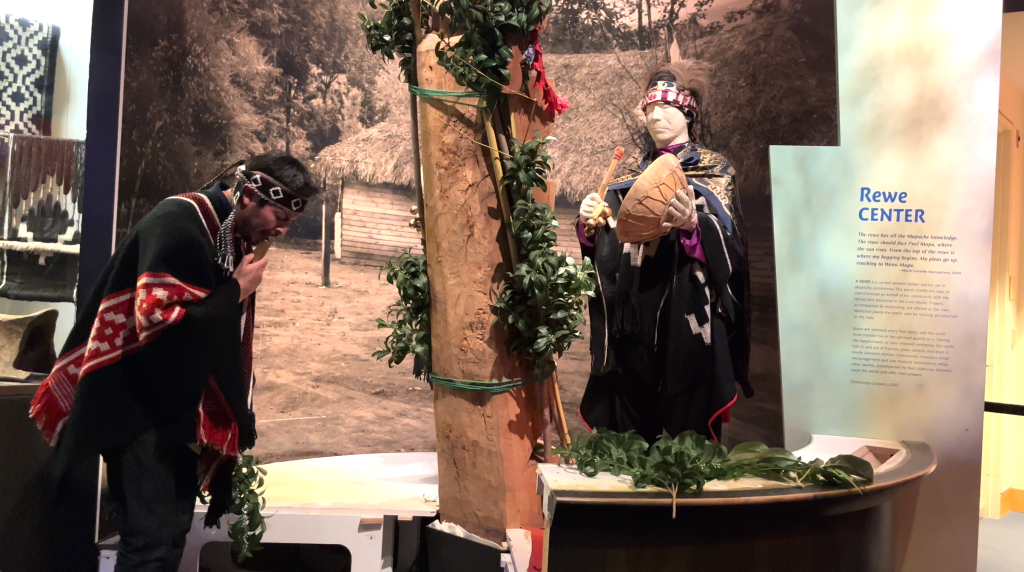
More Information at: https://www.huichaqueo.cl/
Last modified: 3 de septiembre de 2025
